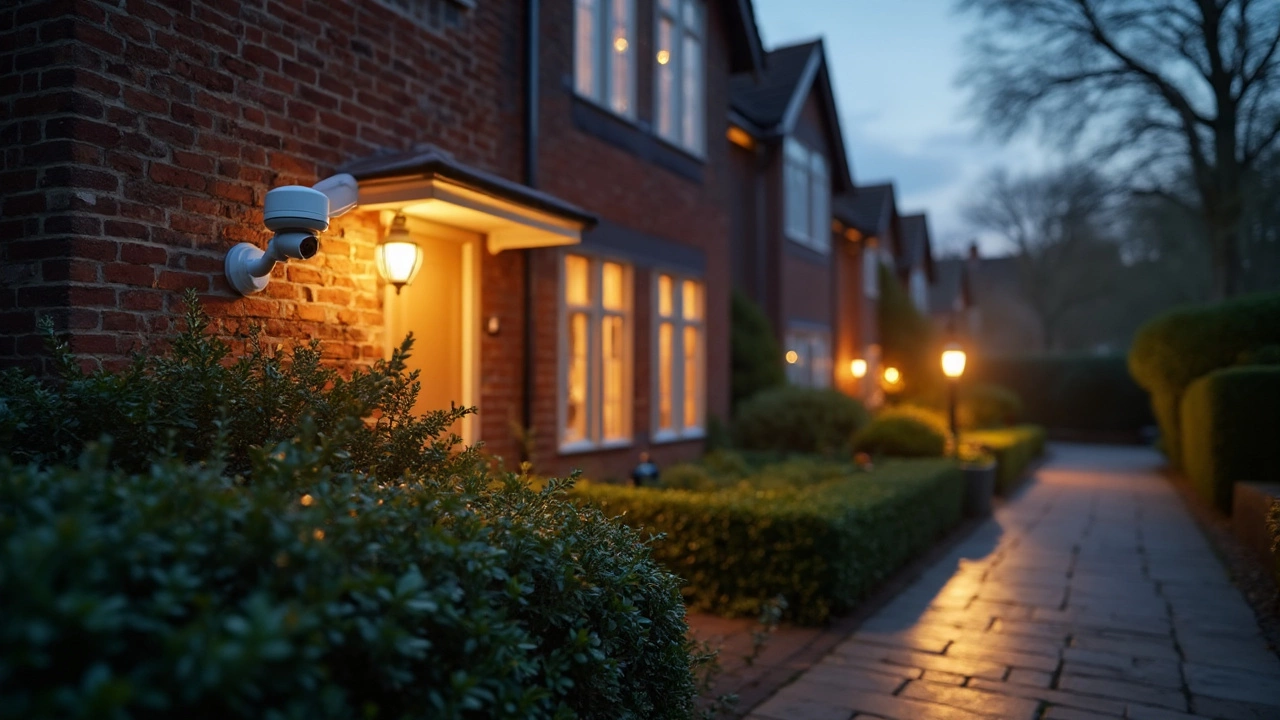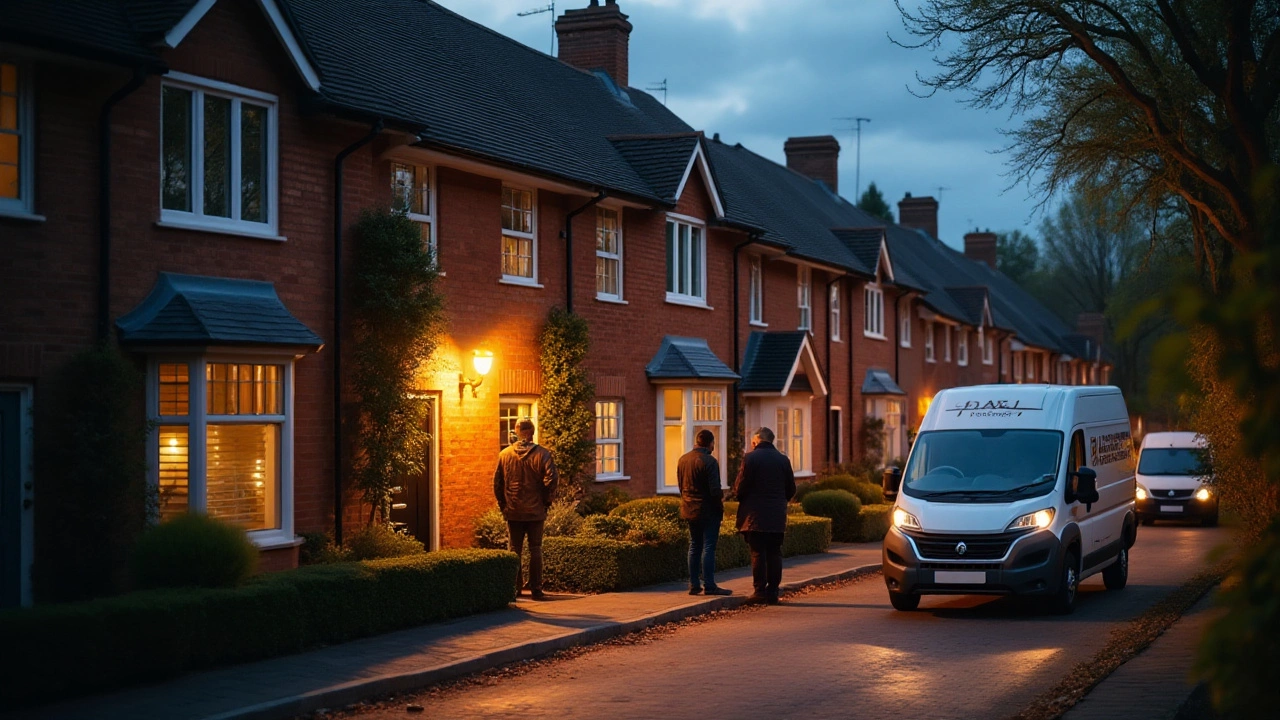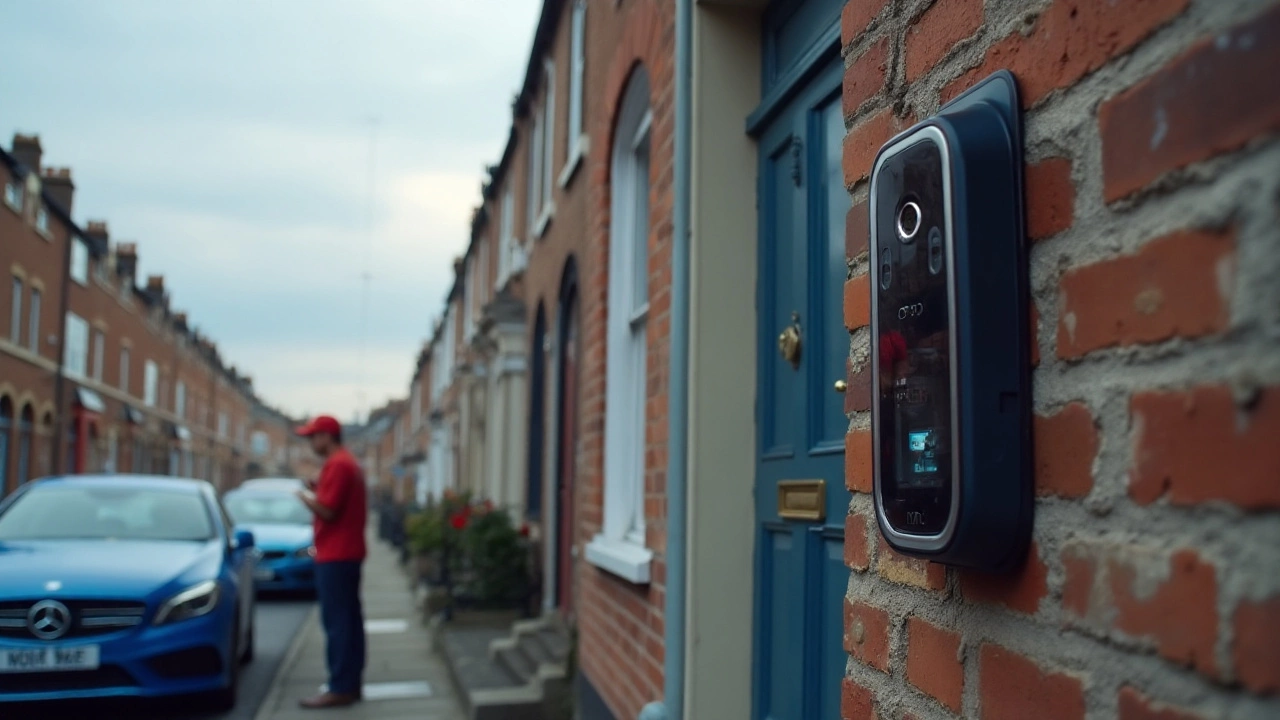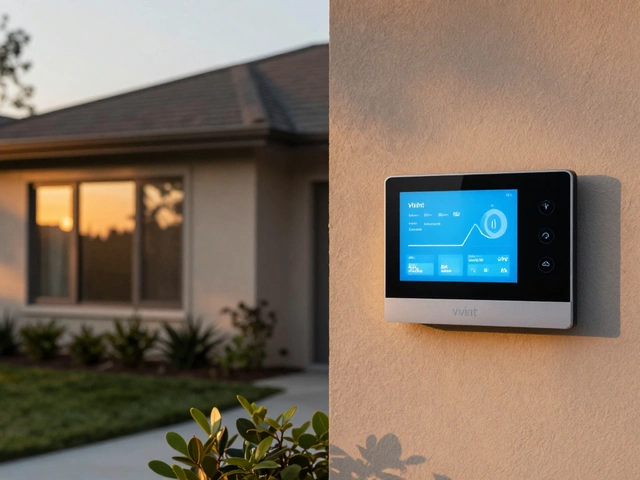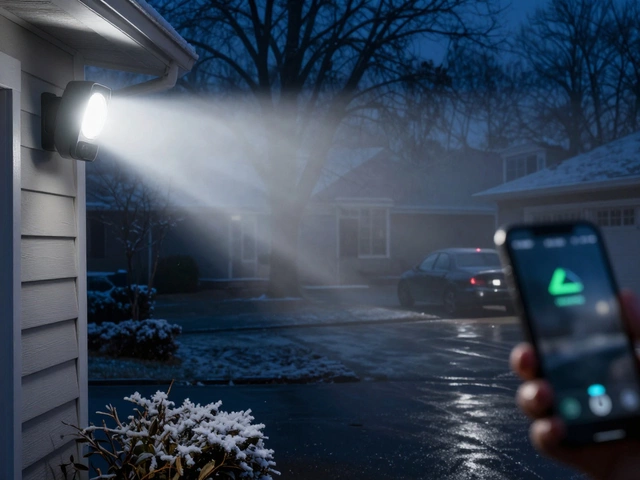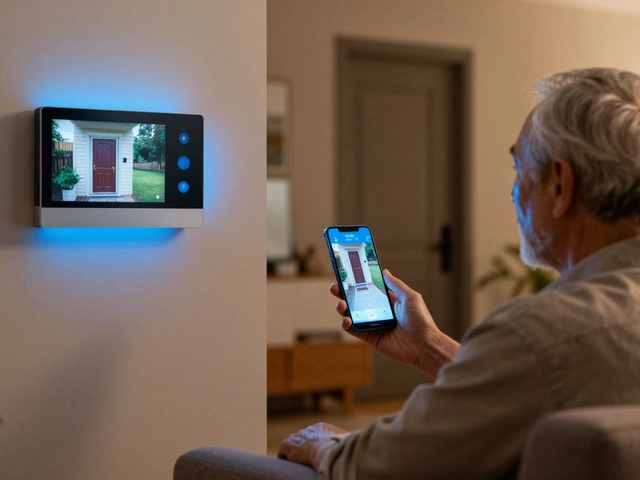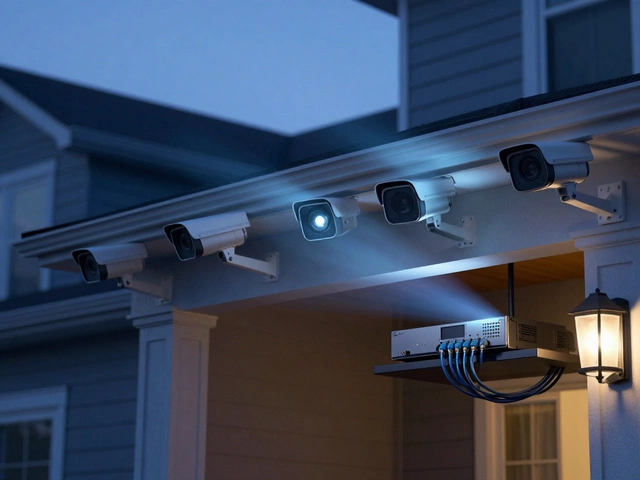Burglars: How They Operate and What You Can Do to Stop Them
Did you know that most break‑ins happen when the homeowner is away for just a few hours? It’s not a myth – thieves exploit tiny gaps in everyday routines. The good news? You can block those gaps with a few smart moves, no need for a fancy security company.
Common Burglary Tactics
First, understand the tricks burglars use. They usually scout a house for visible signs of activity: lights on or off, cars parked, or mail piled up. A dark, silent home screams “easy target.” Next, they test doors and windows. A loose lock or a flimsy patio door is a green light for them. Many also count on smart devices like video doorbells to be ignored – they think a Ring or similar camera will just record and never alert anyone. In reality, a doorbell that’s not connected to a cloud subscription often stores footage locally and may miss the real‑time alert you need.
Another favorite is to strike when neighbors are out. If a street is empty, thieves feel less risk of being seen. They also look for homes with weak perimeter lighting. The belief that a single porch light will stop a burglar is outdated; motion‑activated floodlights are far more effective because they startle and expose the intruder.
Easy Ways to Deter Burglars
Start with lighting. Install motion sensors on the front, back and side entrances. When the sensor detects movement, bright LEDs flash for a few seconds – enough to make a thief pause. Pair this with a timer‑controlled indoor lamp that turns on and off while you’re away; it mimics a lived‑in home.
Upgrade your doorbell camera. Choose a hard‑wired model if you can run a low‑voltage line; it never runs out of battery and stays connected even during a power cut. If you go battery‑powered, keep a spare on hand and check the charge monthly. Make sure the video is set to record continuously or at least when motion is detected – otherwise you’ll miss crucial evidence.
Don’t forget the basics: deadbolt locks, reinforced strike plates, and a solid door frame. A cheap sliding door can be reinforced with a metal bar or a security rod that blocks the track. For windows, install inexpensive security film; it holds the glass together even if someone tries to smash it.
Consider a burglar alarm that works without a phone line. Modern wireless systems use cellular backup, so a cut line won’t silence them. Choose a system that alerts you via text or app, and make sure the battery lasts at least a year.
Finally, involve your neighborhood. A quick chat with neighbours about a watch‑group can create a community eye that’s harder for thieves to ignore. Even a simple sign that says “Neighbourhood Watch” can make a burglar think twice.
Putting these steps together creates layers of defense. No single measure stops a determined thief, but each layer adds friction that most burglars won’t want to deal with. Keep your home looking lived‑in, make the perimeter bright, lock everything solid, and use smart tech that actually notifies you. With those habits, you turn a tempting target into a tough one – and that’s the best insurance against a break‑in.

